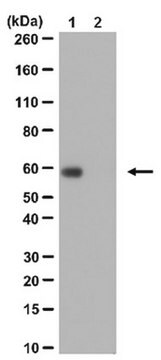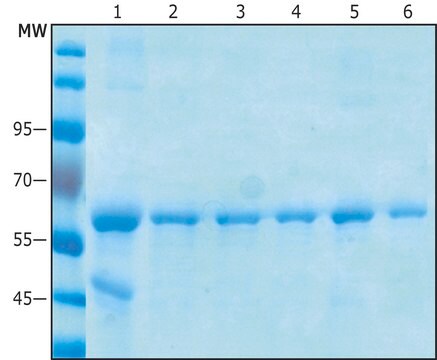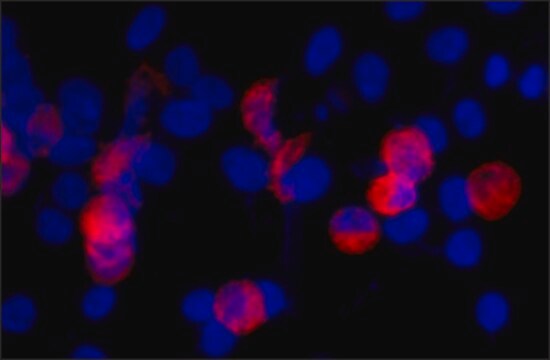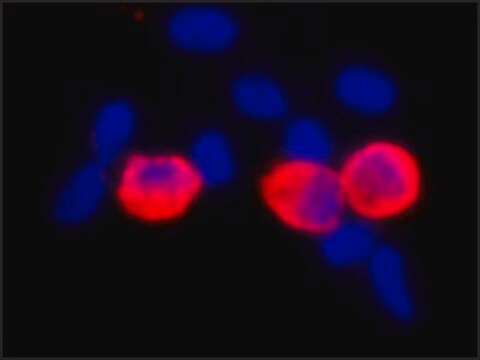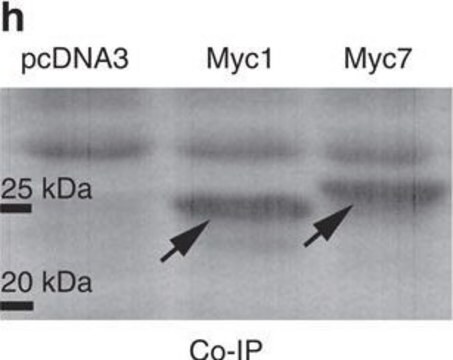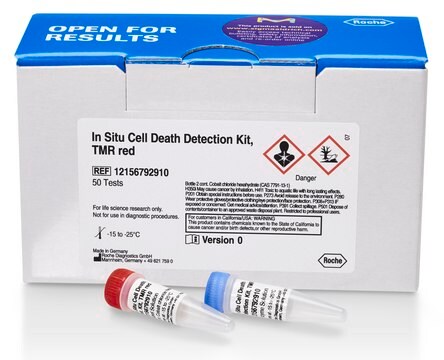ABE25
Anti-acetyl-c-Myc (Lys148) Antibody
from rabbit, purified by affinity chromatography
Sinônimo(s):
Myc proto-oncogene protein, Class E basic helix-loop-helix protein 39, HLHe39, Proto-oncogene c-Myc, Transcription factor p64, c-MYC
About This Item
Produtos recomendados
fonte biológica
rabbit
Nível de qualidade
forma do anticorpo
affinity isolated antibody
tipo de produto de anticorpo
primary antibodies
clone
polyclonal
purificado por
affinity chromatography
reatividade de espécies
human, mouse
reatividade da espécie (prevista por homologia)
bovine (based on 100% sequence homology), chimpanzee (based on 100% sequence homology), porcine (based on 100% sequence homology), canine (based on 100% sequence homology), rat (based on 100% sequence homology), rhesus macaque (based on 100% sequence homology), sheep (based on 100% sequence homology)
técnica(s)
western blot: suitable
nº de adesão NCBI
nº de adesão UniProt
Condições de expedição
wet ice
modificação pós-traducional do alvo
acetylation (Lys148)
Informações sobre genes
bovine ... Myc(511077)
chimpanzee ... Myc(464393)
dog ... Myc(403924)
human ... MYC(4609)
mouse ... Myc(17869)
pig ... Myc(448810)
rat ... Myc(24577)
rhesus monkey ... Myc(694626)
sheep ... Myc(443447)
Descrição geral
Especificidade
Imunogênio
Aplicação
Peptide Inhibition Assay Analysis: A representative lot was used by an independent laboratory in HEK293T cells co-transfected with mouse wildtype c-Myc and P300. (Image courtesy of Dr. Ernest Martinez, Department of Biochemistry, University of California at Riverside.)
Epigenetics & Nuclear Function
Transcription Factors
Qualidade
Western Blot Analysis: 0.1 µg/mL of this antibody detected c-Myc on 10 µg of transfected HEK293 cell lysates.
Descrição-alvo
forma física
Armazenamento e estabilidade
Nota de análise
Transfected HEK293 cell lysates
Outras notas
Exoneração de responsabilidade
Não está encontrando o produto certo?
Experimente o nosso Ferramenta de seleção de produtos.
Código de classe de armazenamento
12 - Non Combustible Liquids
Classe de risco de água (WGK)
WGK 1
Ponto de fulgor (°F)
Not applicable
Ponto de fulgor (°C)
Not applicable
Certificados de análise (COA)
Busque Certificados de análise (COA) digitando o Número do Lote do produto. Os números de lote e remessa podem ser encontrados no rótulo de um produto após a palavra “Lot” ou “Batch”.
Já possui este produto?
Encontre a documentação dos produtos que você adquiriu recentemente na biblioteca de documentos.
Nossa equipe de cientistas tem experiência em todas as áreas de pesquisa, incluindo Life Sciences, ciência de materiais, síntese química, cromatografia, química analítica e muitas outras.
Entre em contato com a assistência técnica